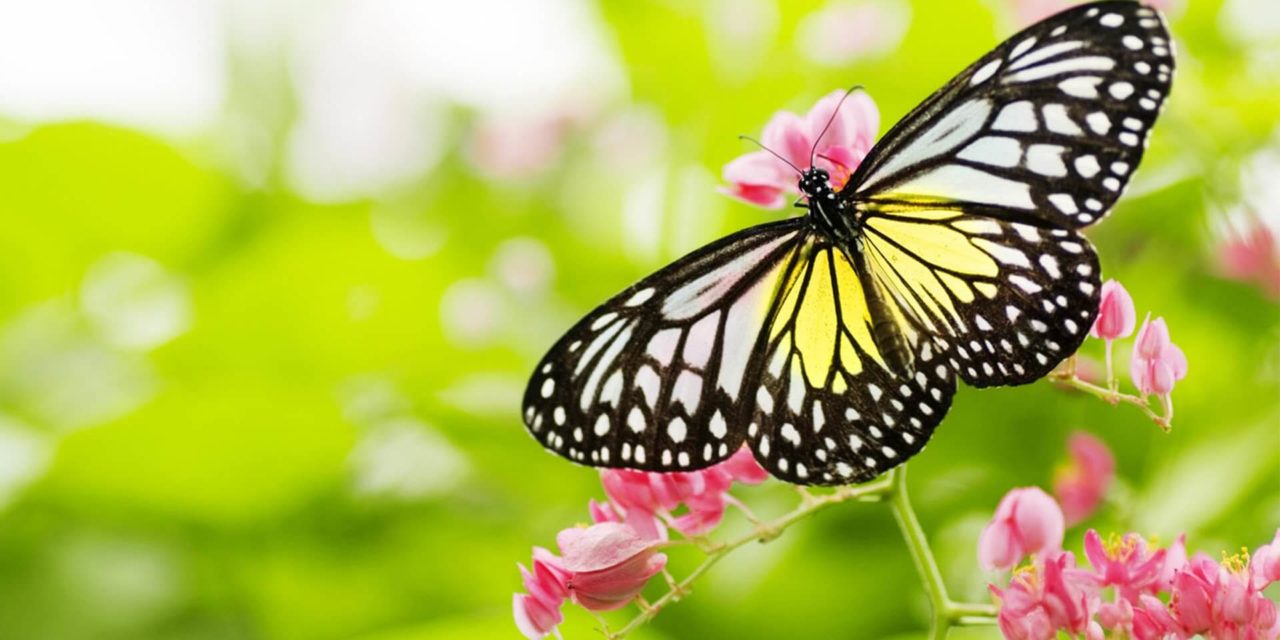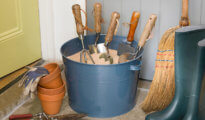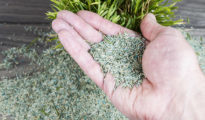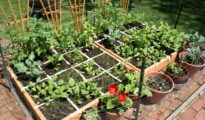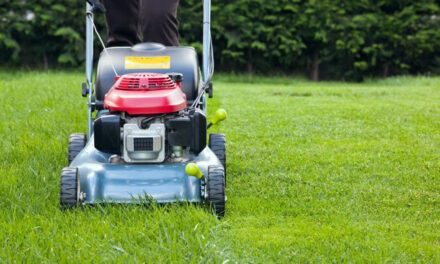Attracting pollinators and beneficial insects to your garden is a great way to support the health and productivity of your plants. These insects play a vital role in pollinating flowers, controlling pests, and improving soil health. Here are a few tips for attracting pollinators and beneficial insects to your garden:
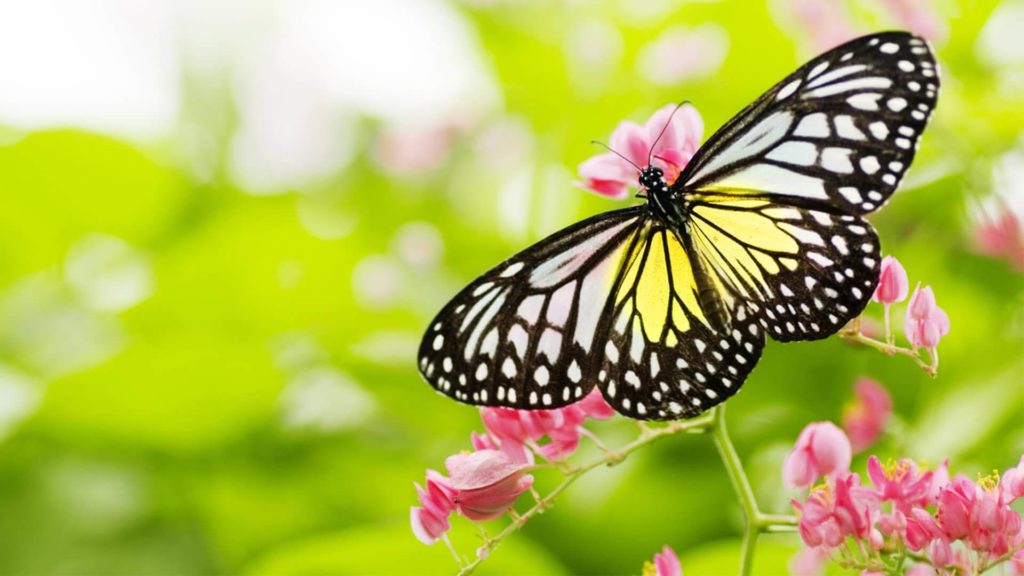
Plant a Diversity of Flowers and Plants
One of the best ways to attract pollinators and beneficial insects is to plant a diverse selection of flowers and plants. Different species of insects are attracted to different types of flowers, so a diverse selection will provide a food source for a wider range of insects. Some good plant choices for attracting pollinators and beneficial insects include native wildflowers, herbs, and flowering vegetables.
Provide Water Sources
Insects need water to survive, so providing a source of clean water can help attract and support a healthy population of pollinators and beneficial insects in your garden. A simple birdbath or shallow dish filled with water will do the trick. You can also consider installing a drip irrigation system or using soaker hoses to provide a consistent source of moisture for your plants.
Create Habitat
In addition to food and water, insects also need a place to rest and shelter. Providing habitat in the form of brush piles, rocks, and other structures can help attract and support a variety of beneficial insects in your garden. You can also consider installing a bee house or installing native flowering plants that provide habitat for beneficial insects.
Avoid Pesticides
Pesticides can be harmful to beneficial insects as well as pests, so it is important to use them sparingly and only when absolutely necessary. When possible, opt for natural pest control methods such as handpicking pests or using natural predators to control pest populations.
By implementing these simple strategies, you can help create a healthy and diverse ecosystem in your garden that supports a wide range of pollinators and beneficial insects. This will not only improve the health and productivity of your plants, but it will also contribute to the overall health and biodiversity of your local ecosystem.
The Best Plants for Attracting Pollinators
There are many plants that can attract pollinators, such as bees, butterflies, and hummingbirds, to your garden. Here is a list of some of the best plants for attracting pollinators:
- Wildflowers: Native wildflowers are a great choice for attracting pollinators, as they are adapted to the local climate and provide a food source for a wide range of insects. Some good wildflower choices include black-eyed Susan, coneflower, and milkweed.
- Herbs: Many herbs, such as basil, lavender, and mint, are attractive to pollinators and can add a fragrant and flavorful element to your garden.
- Flowers: Bright, colorful flowers are often attractive to pollinators. Some good flower choices for attracting pollinators include zinnias, marigolds, and cosmos.
- Trees and shrubs: Many trees and shrubs, such as fruit trees, berry bushes, and willows, are attractive to pollinators and can provide a food source as well as habitat.
It is important to plant a diverse selection of flowers and plants to attract a wide range of pollinators. Different species of insects are attracted to different types of flowers, so a diverse selection will provide a food source for a wider range of insects.
In addition to providing food, it is also important to provide water and habitat for pollinators. A simple birdbath or shallow dish filled with water can provide a source of hydration, and installing a bee house or providing natural habitat, such as a brush pile or rock pile, can provide a place for pollinators to rest and nest.
The Best Pollinators
Beneficial pollinators are insects or animals that help to pollinate flowers and plants, which is necessary for the reproduction and survival of many species of plants. Some examples of beneficial pollinators include:
- Bees: Bees are perhaps the most well-known beneficial pollinators. There are over 20,000 species of bees, and they are essential for the pollination of many crops, including fruits, vegetables, and nuts.
- Butterflies: Butterflies are also important pollinators and are attracted to bright, colorful flowers.
- Hummingbirds: Hummingbirds are important pollinators of certain types of flowers, such as those with long, narrow tubes that are difficult for bees to access.
- Beetles: Beetles, particularly those in the family Scarabaeidae, are important pollinators of flowers and trees.
- Flies: Flies, including hoverflies, are important pollinators of many types of flowers.
- Wasps: Wasps, including hornets and yellow jackets, are important pollinators of many types of flowers and trees.
It is important to support and protect these beneficial pollinators, as they play a vital role in the health and productivity of our ecosystems. Planting a diverse selection of flowers and plants and providing water and habitat can help to attract and support beneficial pollinators in your garden.

